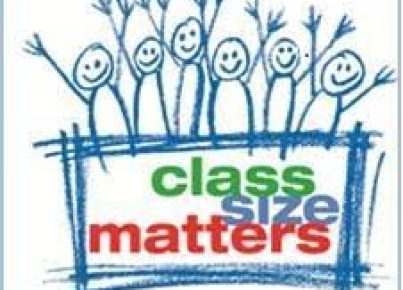Introduction:
The education gap is a term regularly discussed in political and educational settings. While most people refer to the achievement gap based on socioeconomic, ethnic, and other factors that influence access to quality education, the discussion has largely overlooked a vital aspect of the problem. This article shifts the focus to explore this often-neglected dimension of educational disparity and explains why acknowledging and addressing it is crucial.
Misguided Conversations Surrounding the Education Gap:
Education policies and programs are frequently designed to target achievement gaps between high-achieving and low-achieving students. These differences usually stem from socioeconomic factors or geographic location that either provide access to more educational resources or hinder it. However, a more nuanced conversation is needed for policymakers and educators to understand that there is more lurking in the shadow of these disparities than meets the eye.
The Bigger Picture: The Skills Gap
One significant area that deserves our attention is the “skills gap.” The skills gap refers to the disconnect between what students learn in school and what employers demand in terms of skills for available jobs. It’s essential to recognize that bridging this gap contributes significantly towards reducing unemployment or underemployment rates while bolstering economic growth.
Causes of the Skills Gap:
A few factors contribute to this gap:
1. Education System – Traditional education systems may not update curriculum in sync with industry demands, leaving students ill-prepared for the job market.
2. Lack of Vocational Training – Limited access to vocational training translates into fewer students who have skills relevant to specific industries.
3. Misalignment between Employers and Educators – Poor communication between employers and educators can lead to mismatches in skill sets being taught versus what industries require.
Tackling this crucial issue requires a collective effort from various stakeholders – students, parents, educators, policymakers, and employers alike.
Potential Solutions for Bridging the Skills Gap:
Implementing the following strategies can help in narrowing the skills gap:
1. Encourage Public-Private Partnerships – Engaging stakeholders from both educational institutions and industries can help in updating the curriculum and implementing practical training effectively.
2. Boost Vocational Education – Increasing access to vocational training programs, apprenticeships, and internships provides hands-on industry experience and focuses on developing specific skill sets.
3. Implement Soft Skills Training – Integrating soft skills training within the education system can prepare students for the challenges they’ll encounter in their careers.
4. Continuous Learning Initiatives – Promoting a culture of continuous learning, upskilling, and professional development can keep students and employees in tune with evolving industry demands.
Conclusion:
The current discussions revolving around the education gap are overly focused on traditional factors such as income, race, and neighborhood characteristics. We need to shift our conversations to include the more pressing issue of the skills gap and actively work towards targeted solutions that will benefit both students and employers in the long run. By identifying and addressing these gaps more holistically, we can better match talent with opportunity to create a stronger, more resilient workforce ready to meet ever-changing industry demands.




